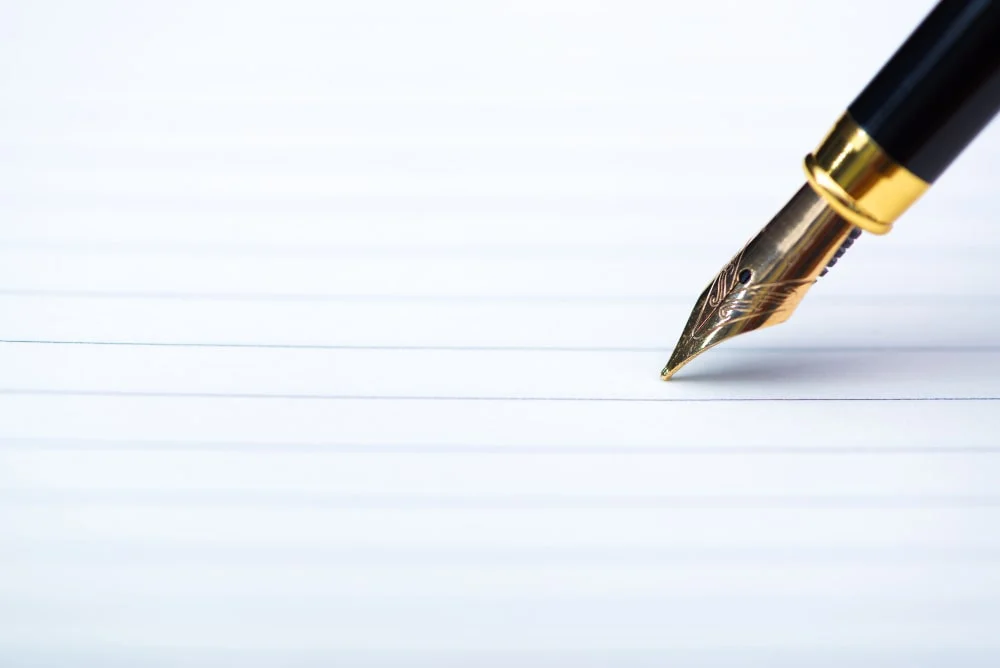Assessment Criteria of a Journal Articles
Journal
- A journal (sometimes also referred to as a periodical or serial) is a publication produced on a continuing basis; weekly or monthly or quarterly (every 4 months) or annually.
- The titles of journals usually give a good indication of the general focus of the subject matter to be founding them.
- As they are published on a regular basis, journals have volume and issue numbers to identify them.
There are 2 main types of Journal:
1. Academic (also called Scholarly) journals:
Often contain research articles written by subject experts; scholarly commentary and critical evaluation of issues by experts etc. articles written in academic style. Example: Media, Culture and Society
2. Trade or Professional Journals:
These usually contain news articles and commentary on current issues; articles are written in everyday language; they have practical information & often a ‘Jobs’ section etc. Example: Broadcast
Journal article
Journals contain several articles, written by subject experts or researchers or practitioners within the subject area. Some journals contain articles covering a diverse set of topics related to the subject area. The title Media, Culture and Society, for example, indicates that this journal contains articles relating to all aspects of media and culture. Not all journals, as you can see from the example above, have the word journal in their titles. There are 2 main types of journal article:
1. Empirical (also called primary) research:
The author/s have carried out first-hand research, and are presenting, describing, evaluating and drawing conclusions from their research.
2. Secondary research (also called desk research):
Author(s) summarize, synthesize and draw conclusions on the published works of other authors.
The structure of a research article usually depends on the journal to which the article is being submitted. Many journals have page limits, figure limits, or specific article divisions to which authors must adhere. These are the basic structure guidelines that INNSPUB will follow:
- Title Page
- Abstract
- Introduction
- Methods
- Results
- Discussion
- Conclusions
- Acknowledgements
- References
- Tables and Table Captions
- Figure and Figure Captions
To assess a journal article look for:
Purpose of Article:
Why was the article written? To:
- persuade the reader to do something? For example: vote a certain way, purchase an item, attend an event
- inform the reader? For example: results of a study/experiment, what happened at an event
- prove something? For example: that a behavior is bad/good, a method works/doesn’t work
Type of Journal:
For college-level term papers, information should be obtained mostly from scholarly journals.
- Scholarly Journals contain articles describing high quality research that has been reviewed by experts in the field prior to publication.
- Trade magazines may be useful for topics in business or where economic data is needed. There are also good for learning what the current “hot topics” are in an area.
- Popular magazines, such as Time and Newsweek, should be used sparingly, or not at all.
Organization and Content:
Is the material organized and focused? Is the argument or presentation understandable? Is this original research, a review of previous research, or an informative piece?
Bias (of the publisher):
Some publications have an inherent bias that will impact articles printed in them. Is the journal:
- left/liberal?
- right/conservative?
- center?
- an alternative press?
- published by a political action (PAC) group?
Date of Article:
Some topics, such as those in the health sciences, require current information. Other subjects, such as geology, value older material as well as current. Know the time needs of your topic and examine the timeliness of the article; is it:
- up-to-date,
- out-of-date, or
- timeless?
Bibliography:
Scholarly works always contain a bibliography of the resources that were consulted. The references in this list should be in sufficient quantity and be appropriate for the content. Look for:
- if a bibliography exists,
- if the bibliography is short or long,
- if the bibliography is selective or comprehensive,
- if the references are primary sources (ex. journal articles) or only secondary sources (ex. encyclopedias),
- if the references are contemporary to the article or much older, and
- if the citation style is clear and consistent.
Usefulness:
Is the article relevant to the current research project? A well-researched, well-written, etc. article is not going to be helpful if it does not address the topic at hand.
Ask, “is this article useful to me?” If it is a useful article, does it:
- support an argument
- refute an argument
- give examples (survey results, primary research findings, case studies, incidents)
- provide “wrong” information that can be challenged or disagreed with productively
Authority:
Is the author an expert in this field? Where is the author employed? What else has he/she written? Has he/she won awards or honors?
Coverage:
Does the article cover the topic comprehensively, partially, or is it an overview?
Audience:
For what type of reader is the author writing? This ties in with the type of journal, as popular magazine are geared to the general reader, while trade magazines are for the specialist and scholarly journals are directed at researchers, scholars or experts in the field. Is the article for:
- general readers,
- students (high school, college, graduate),
- specialists or professionals,
- researchers or scholars?
Illustrations:
Are charts, graphs, maps, photographs, etc. used to illustrate concepts? Are the illustrations relevant? Are they clear and professional-looking?
| • Home | • Journals | • Instruction |


